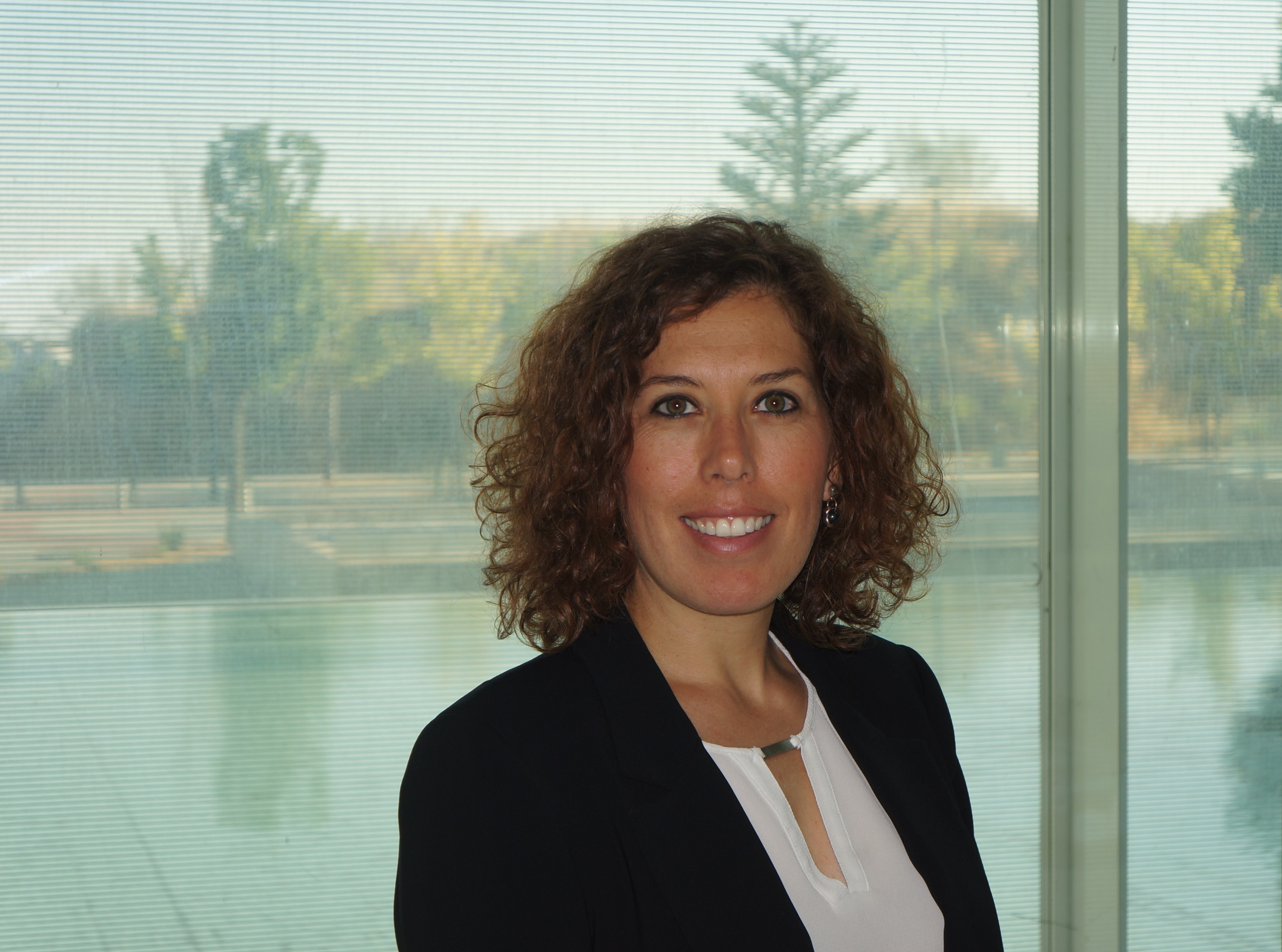When Satec decided to create its new OSS product division, the company faced several challenges. First, it had to figure out how to build a nimble startup with a component-based, cloud-native OSS solution from a successful SI organization, whose business model is all about customization. The company also had to develop new ways of working (the division was born during a pandemic) and overcome a crushing global cloud and IT skills gap.
To create a new structure, Satec executives studied successful Spanish startups like CARTO, Graphext and Factorial, looking at how they are organized, the roles in their teams and how their teams collaborate. They took the best ideas and business models and implemented them in the Alvatross division.
Next was finding the right skills, which wasn’t easy. Alvatross’ core technical team members came from Satec, but the company needed to find product experts and fill positions with people who have deep knowledge and understanding of OSS/BSS.
The most difficult skills to find were cloud engineers because talent is scarce and demand for them is huge globally. Alvatross was successful because prospective employees were attracted to the division’s startup mindset but also liked knowing that the venture is backed by an organization with a proven track record, according to Rodríguez-Ovejero Gómez.
Alvatross knew from the outset that it wanted to develop a diverse staff. Today it has 30 employees, and more than 34% are women. The percentage of managers who are women is higher, at 42%.
The staff is also young, with an average age of 34. “From the start, we wanted to tackle the high youth unemployment rate in Spain,” says Rodríguez-Ovejero Gómez.
The pandemic made it clear that the ability to work remotely would be necessary, and Alvatross decided to embrace the model completely. Today the company is 100% remote, which gives employees an opportunity to create a healthy work-life balance.
Alvatross also felt it was important to create “a horizontal culture, where executives work side by side with all employees,” according to Rodríguez-Ovejero Gómez. “Thanks to this, our employees have a greater sense of belonging – they can learn from more experienced workers, and ultimately the organization benefits from it,” he adds.
Once the Alvatross team was in place, they were charged with designing and defining a new service fulfillment and assurance portfolio. This required refactoring Satec’s software to turn it into a modular, open platform based on microservices and standard APIs.
Alvatross turned to the ODA and Open APIs to create its component-based solution. The company participates in the TM Forum ODA Component Accelerator (ODA-CA) project, and Alvatross has achieved gold-level Open API certification of 14 interfaces.


